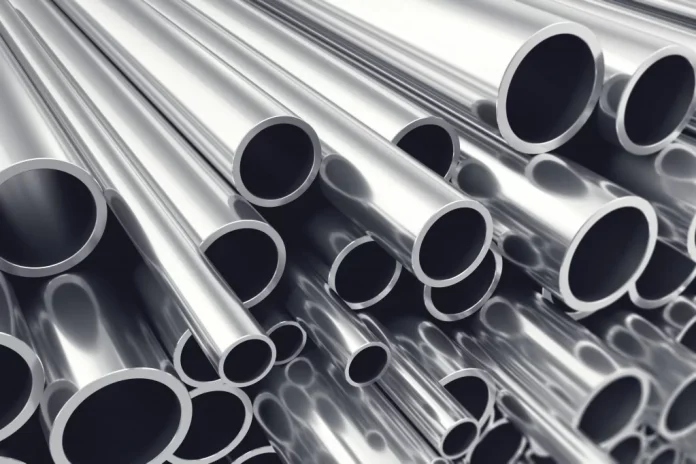Stainless steel is one of the most widely used materials in modern industries due to its durability, corrosion resistance, and aesthetic appeal. From construction to medical applications, materials stainless steel play a crucial role in various sectors. This article explores the properties, types, applications, and benefits of stainless steel.
What Makes Stainless Steel Unique?
Stainless steel is a high-performance alloy primarily made of iron, chromium, and other elements like nickel and molybdenum. Its key characteristic is its resistance to rust and corrosion, making it an ideal choice for harsh environments.
Key Properties of Stainless Steel
- Corrosion Resistance: The presence of chromium (at least 10.5%) forms a protective oxide layer, preventing rust.
- High Strength and Durability: It can withstand extreme temperatures and heavy loads.
- Aesthetic Appeal: Polished stainless steel has a modern and sleek appearance.
- Hygienic and Easy to Clean: Often used in medical and food industries due to its non-porous surface.
Types of Stainless Steel
There are several types of materials stainless steel, each designed for specific applications based on their composition and properties.
1. Austenitic Stainless Steel
- Most commonly used type
- Contains high amounts of chromium and nickel
- Excellent corrosion resistance and formability
- Used in kitchen appliances, medical equipment, and architectural structures
2. Ferritic Stainless Steel
- Contains more chromium but low nickel content
- Offers good corrosion resistance but is less ductile
- Commonly used in automotive parts and industrial applications
3. Martensitic Stainless Steel
- High strength and hardness
- Less corrosion-resistant compared to other types
- Used in cutlery, surgical instruments, and aerospace components
4. Duplex Stainless Steel
- A combination of austenitic and ferritic stainless steel
- High strength with excellent resistance to stress corrosion
- Used in marine, chemical, and oil industries
Common Applications of Stainless Steel
Due to its versatility, materials stainless steel are used across multiple industries.
1. Construction and Architecture
- Structural components in buildings and bridges
- Railings, facades, and decorative panels
- Roofing and cladding materials
2. Food and Beverage Industry
- Food processing equipment and storage tanks
- Cutlery, kitchenware, and cookware
- Brewery and dairy processing systems
3. Medical and Pharmaceutical Sector
- Surgical instruments and implants
- Sterile environments in hospitals
- Laboratory equipment
4. Automotive and Aerospace Industry
- Exhaust systems and fuel tanks
- Aircraft structural components
- Engine parts requiring heat resistance
Advantages of Using Stainless Steel
There are several reasons why materials stainless steel remain a preferred choice in various sectors.
1. Long-Term Durability
Stainless steel is highly durable and can withstand extreme conditions, making it a cost-effective material over time.
2. Low Maintenance
Unlike other metals, stainless steel does not require frequent maintenance or coatings to prevent corrosion.
3. Environmentally Friendly
Stainless steel is 100% recyclable, making it a sustainable choice for industries focusing on eco-friendly solutions.
4. High-Temperature Resistance
It can endure both high and low temperatures, making it suitable for extreme environments.
Conclusion
Materials stainless steel have become indispensable in modern industries due to their strength, corrosion resistance, and versatility. Whether in construction, healthcare, or food processing, stainless steel continues to be a preferred material for long-lasting and high-performance applications. As technology advances, stainless steel will remain a key player in sustainable and innovative developments.








